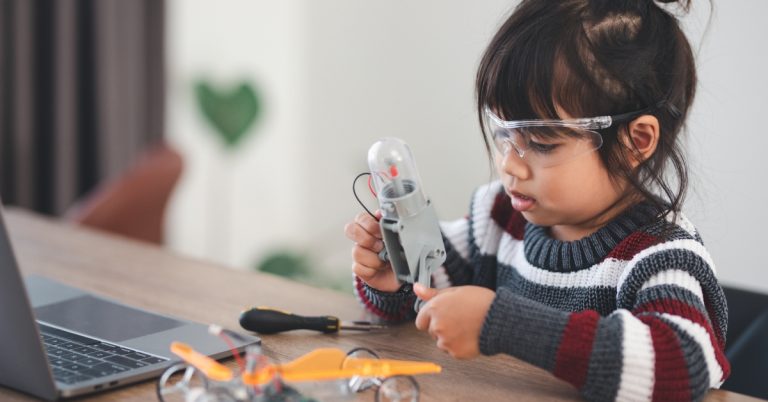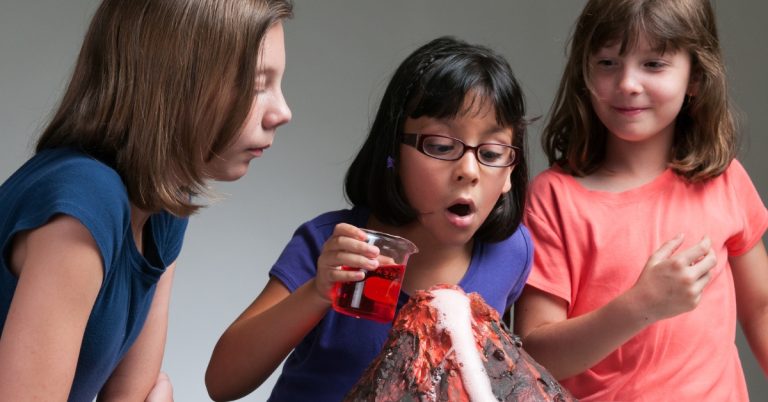In an era defined by rapid technological advancements and a dynamic global landscape, education is evolving beyond traditional paradigms. A growing body of research underscores the importance of collaborative learning – an educational approach that emphasizes teamwork, communication, and shared responsibility. This innovative methodology not only fosters a deeper understanding of concepts but also prepares students with the essential skills needed to thrive in today’s interconnected world.
The Essence of Collaborative Learning
Collaborative learning is rooted in the idea that knowledge is constructed through social interaction. Unlike conventional educational models, which often prioritize individual achievement and competition, collaborative learning creates a community of learners who actively engage with one another. This can take various forms, including group projects, peer teaching, discussions, and problem-solving tasks.
Benefits of Collaborative Learning
Enhanced Critical Thinking and Problem-Solving Skills
Working collaboratively allows students to encounter diverse perspectives and approaches to problems. This exposure fosters critical thinking as students learn to evaluate different viewpoints, articulate their own ideas, and come to consensus on solutions. As a result, learners become adept at navigating complex issues, a skill that is increasingly critical in both academic and professional settings.
Improved Communication Skills
Effective communication is at the heart of collaborative learning. Through group discussions and presentations, students enhance their ability to express thoughts clearly and listen actively. This not only builds confidence but also hones interpersonal skills that are essential for success in the workforce.
Increased Engagement and Motivation
Collaborative learning often leads to greater student engagement. When learners participate in a shared mission, they feel a sense of accountability to their peers, which can drive motivation. Engaged students are more likely to take ownership of their learning, leading to better retention of information and increased academic performance.
Development of Social Skills and Emotional Intelligence
Collaboration requires respect, empathy, and cooperation – qualities integral to emotional intelligence. Students learn to navigate group dynamics, resolve conflicts, and appreciate the strengths of their peers. This social and emotional acumen is invaluable, not only in academic settings but also in personal and professional relationships.
Preparation for Real-World Scenarios
The modern workplace increasingly relies on collaboration. By simulating real-world scenarios in the classroom, educators prepare students for the collaborative nature of future employment. The skills developed through collaborative learning – such as teamwork, adaptability, and negotiation – are essential as students transition into diverse career paths.
Implementing Collaborative Learning in the Classroom
To harness the power of collaborative learning, educators must design environments that promote teamwork and collective learning. Here are a few strategies:
Create a Safe and Supportive Environment
Students must feel respected and valued as contributors in their groups. Establishing ground rules for respectful communication and ensuring inclusive practices are essential for creating a positive collaborative atmosphere.
Diversify Group Dynamics
Mix students with varying backgrounds, skills, and perspectives to enrich discussions and learning experiences. This diversity fosters innovation and encourages students to think outside their own experiences.
Incorporate Technology
Online collaboration tools (e.g., Google Workspace, Microsoft Teams) can enhance collaboration, especially in hybrid or remote learning contexts. These platforms allow students to communicate, share resources, and work on projects in real-time, regardless of their physical location.
Focus on Process Over Product
Emphasize the learning process rather than just the outcome. Encourage students to reflect on their collaborative experiences, discussing what worked well and what could be improved. This reflection can deepen their understanding of teamwork and collaboration.
Assess Collaboratively
Develop assessment methods that evaluate not only individual contributions but also group dynamics and processes. Peer evaluations can offer insight into each member’s contributions while promoting accountability.
Conclusion
Collaborative learning represents a transformative shift in modern education, unlocking the potential of students to work together, think critically, and communicate effectively. By embracing this approach, educators can cultivate a new generation of learners who are not just knowledgeable, but also equipped with the interpersonal skills necessary to navigate an increasingly complex world. As we move forward, fostering collaborative learning in classrooms will be essential to preparing students for success in the global community.



